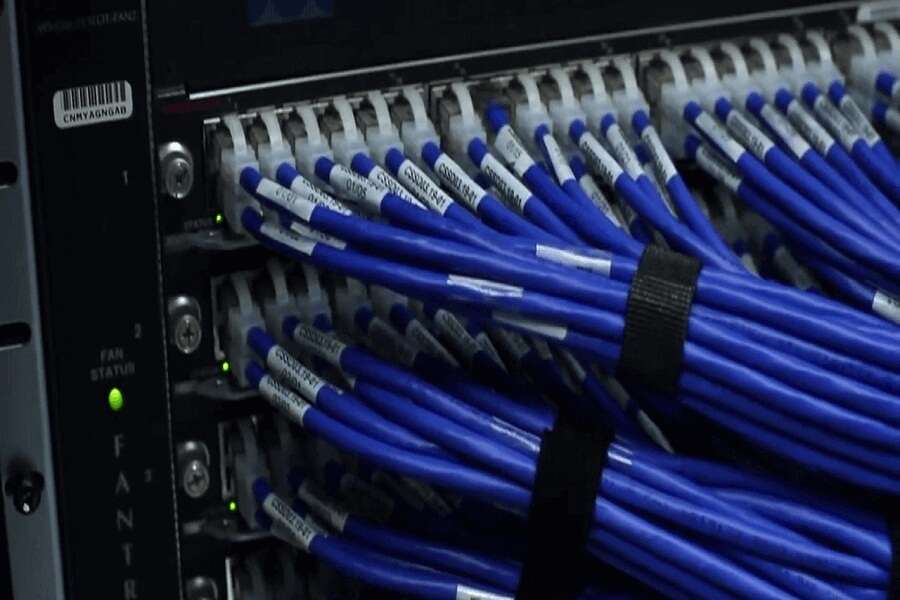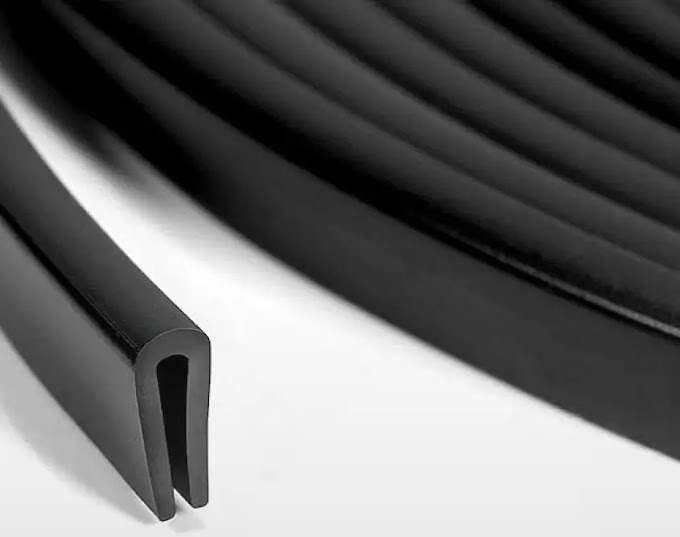Fibre cable has become very popular these days as it provides astonishing internet speed. It has been proven the best in the market, better than copper wires. Fibre cables offer you uninterrupted internet and boost the network's overall bandwidth. So, in the blink of an eye, you can load heavy videos, render anything without waiting for hours.
Fiber optic cable can be placed both indoors and outdoors using a variety of methods. The outdoor cable can be buried directly, pulled or blown into conduit or inner duct or strung between poles aerially. You can install indoor cables in raceways, cable trays above ceilings or under floors, hangers, line or inner ducts or compressed gas pushed through specific ducts. The nature of the installation will determine the actual installation procedure and the cable utilized.
Now, let’s learn how to install fibre cabling.
- Determine the Required Cable Length
The most basic stage, and one that many individuals overlook, is measuring their facility. You don't want to be halfway through installing your wires when you realize you ordered too little or too much. It would help if you got extra lengths because the cables should not be as taut as a rope; there should be some slack. Furthermore, most cases will have wires in various directions, necessitating the use of additional cable.
Most structures, for example, are unlikely to have all of their connection points in a straight line. It's possible that you'll have to run the cables around corners and partially vertically, both of which can be difficult. - Horizontal Cabling In Walls And Floors
Intra building conduit runs can be run in ceilings, walls or beneath floors, although there are some limitations due to the inflexibility of conduit systems. Such systems should only be used where workstation outlet positions are set in stone, there is little need for wire flexibility, and outlet density is modest.
Because in-floor conduits are frequently embedded in concrete, adding, changing or moving them is extremely difficult. According to the National Electrical Code, conduit can be made of metallic tube or hard polyvinyl chloride plastic. - Dropped Ceilings And Raised Floors
Plenum runs, such as those in dropped ceilings or raised floors, can be the simplest to install. To offer quick access, many dropped ceilings or elevated floors contain panels that may be readily removed or opened.
Dropped ceilings are common in new structures, making this a popular method of cable installation. In computer rooms, raised flooring is common. The cable must be plenum-rated when the region is used for environmental air handling.
Suspended ceilings are made up of lightweight panels that are held in place by a system of metal frames or grids coupled to the ceiling by struts or wires. The panels are often easy to move; when pushed up, they become dislodged from the grid and can be pushed to the side. There may be plenty of room to work if there isn't much equipment in the air space.
Cabling should be supported in these areas in some way, ideally in structured, easy-to-maintain trays, wire ways or racks. I-hooks or bridle rings can be used to support wires at the very least. - Cable In Trays
Cable trays, conduits, inner ducts and special cable hooks can all be used to install premise wires. The cable must be installed with care to avoid snagging and kinking as it is pulled, which is one of the many hazards in a standard construction installation. Copper cables should not be coupled with fibre optic cables because the heavier copper wires can cause the fibre cables to be stressed.
To protect the fibre from masses of copper, it is sometimes draped beneath cable trays. In structures, vertical cable runs are prevalent. To avoid stressing cables, vertical cables should be put by dropping them down rather than pushing them up, using correct hangers and service loops. - Riser Cabling
When the cable is put in vertical shafts or risers, the same criteria should be followed. If the installation calls for a cable that may be used in risers, choose one that is rated at least OFNR (Optical fibre, nonconductive, riser).
A computed maximum vertical rise value has been allocated to optical fibre cables suited for vertical applications. The vertical rise is the vertical distance that the cable can be dragged before it is sustained. It is defined by the cable's weight and resistance to buckling or kinking.









Social Profile